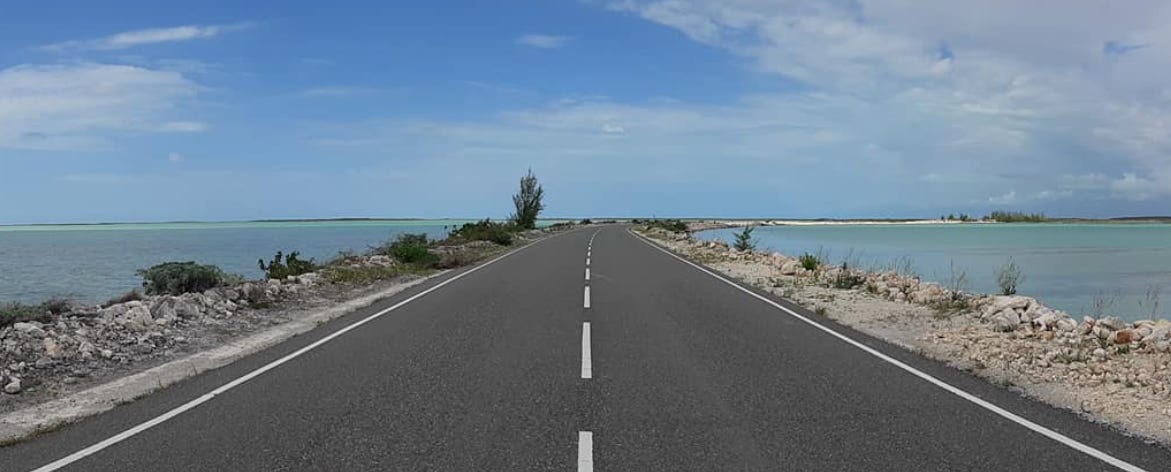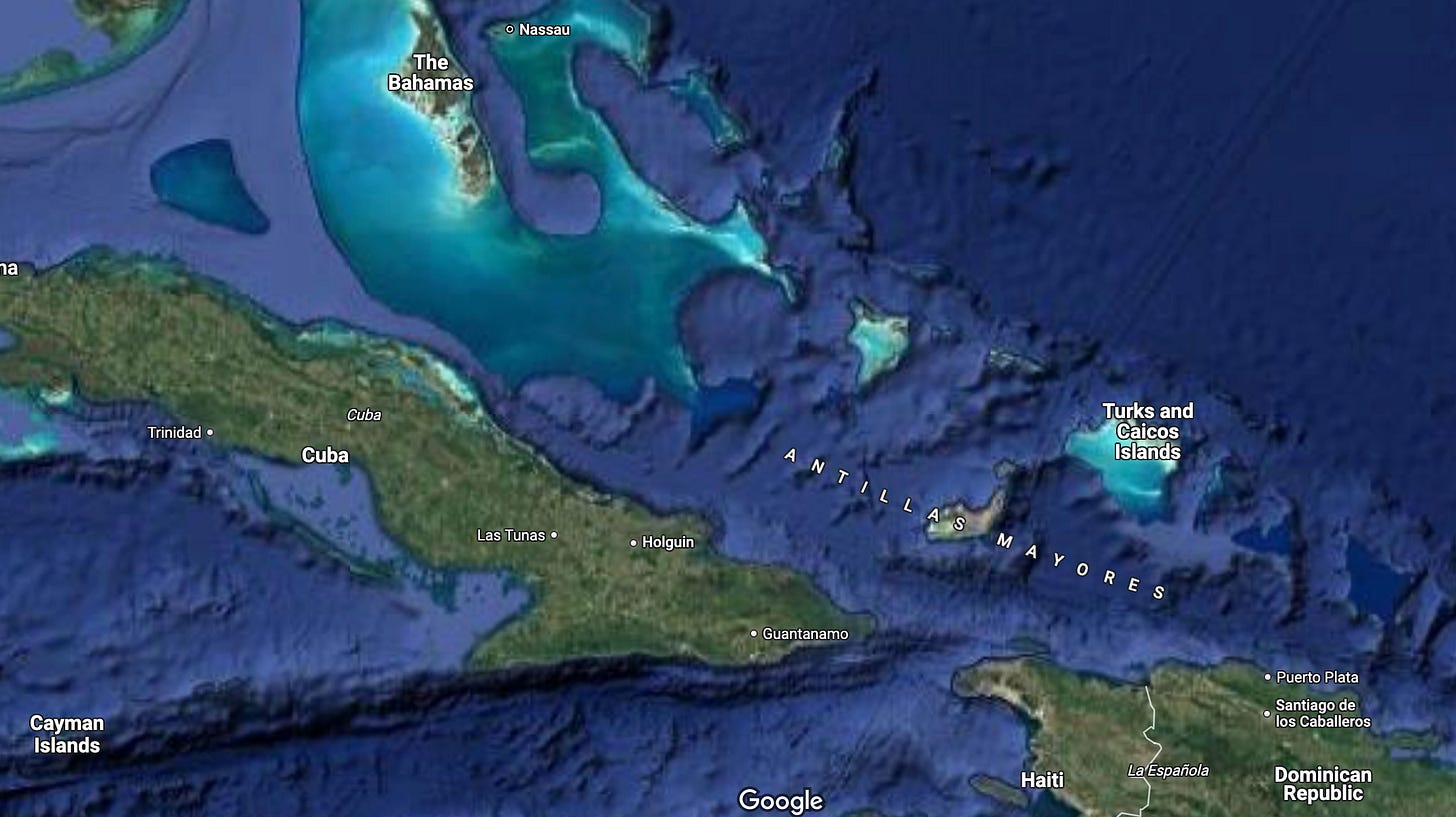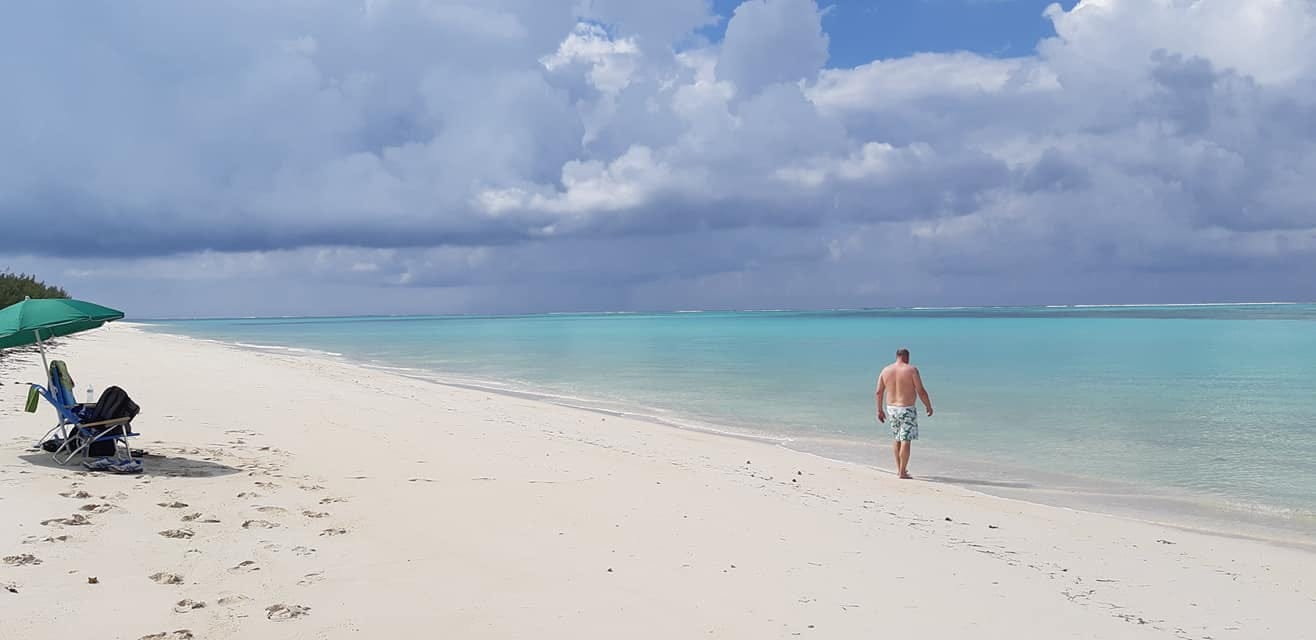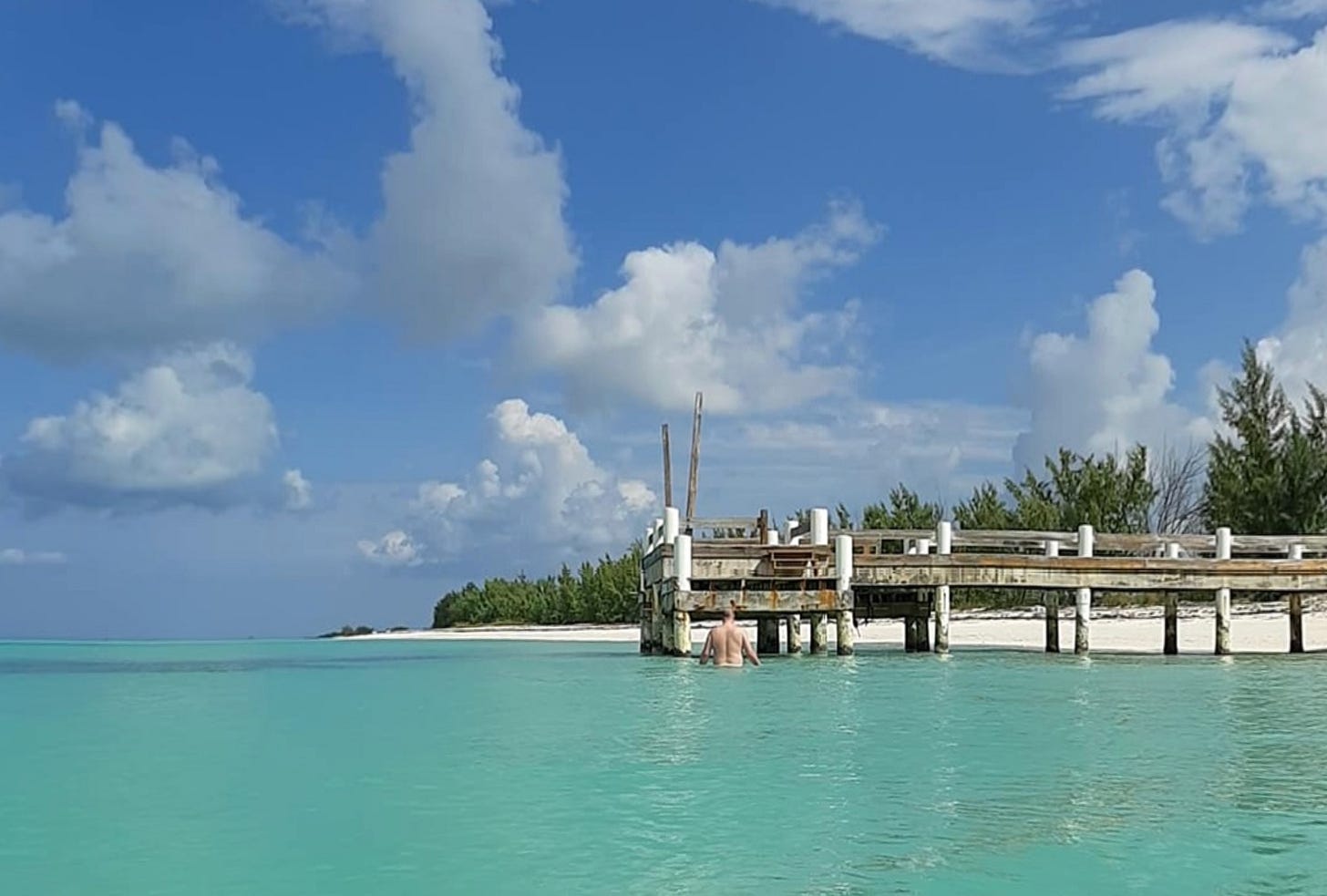Turks & Caicos: Get Off the Resort and Explore the Untamed Islands
Explore Turks & Caicos beyond the resorts with this guide to wild beaches, hidden trails, local eats, and island-hopping adventure.
🧳 Use Midlife Nomads Destination Guides to inspire your next adventure with practical tips and honest insights—so you can work well while travelling better.
Turks & Caicos has a certain image: all-inclusive resorts, pristine beaches, and honeymooners sipping cocktails in swim-up bars. And while that side of the islands exists (especially around Grace Bay), it’s just one version of a much bigger story.
If you’re the kind of traveler who prefers wild coastlines to infinity pools and windblown hikes over white-gloved service, there’s another Turks & Caicos waiting for you. One with limestone cliffs, windswept trails, secret beaches, and local cafés where you can still get a conch fritter for a few bucks.
Made up of 40 low-lying coral islands, Turks & Caicos is a British Overseas Territory just southeast of the Bahamas. Most visitors land on Providenciales (or “Provo”), home to the famous Grace Bay Beach and a growing hub of resorts, boutiques, and fine dining.
But head east, and you’ll find something quieter, rawer, and a whole lot more interesting, if you ask me.
Think: kayaking through mangrove forests, exploring limestone caves, or hiking an abandoned railway line. It’s not a budget destination by any stretch — monthly rentals typically start around $3,000 — but it’s a place that rewards deeper exploration and intentional travel.
In this post, you’ll find:
Why Turks & Caicos is more than just honeymoon resorts and luxury price tags
What to expect (and how to get around) on the quieter islands: North, Middle, and East Caicos
Must-try local foods—including the best places for fresh conch and roadside eats
A reality check on camping in Turks & Caicos (hint: it's not your typical budget hack)
Free and low-cost activities for curious, independent travelers
Top-rated tours worth booking—from mangrove kayaking to clear kayak drone shoots
Practical info on driving, taxis, rentals, and getting from island to island
Why Choose Turks & Caicos
What surprised me most about Turks & Caicos wasn’t the postcard views (though, yes, they are absurdly beautiful) but was how easy it was to find solitude.
You can walk for miles on North Caicos and not see another soul. You can eat grilled snapper caught that morning, dive into warm turquoise water, and fall asleep to the sound of waves crashing on rocks no hotel brochure even mentions.
To get beyond Provo, take the ferry to North Caicos and rent a car. From there, a causeway connects you to Middle Caicos, where untamed beauty rules. Expect bumpy roads, friendly waves from locals, and the kind of peace you didn’t realize your brain had been craving.
Getting Lost in a Trio of Untamed Islands
Turks & Caicos is packed with natural beauty and low-key adventures that you might find surprisingly budget-friendly. Providenciales—affectionately called "Provo" by locals—is where most visitors land and often linger, thanks to its world-famous Grace Bay Beach and convenient amenities.
But while Provo is stunning, it’s only the beginning of what Turks & Caicos offers. Venture out to North, Middle, and East Caicos for lush landscapes, untamed shores, and a slower pace that’s perfect for thoughtful exploration. Once you step away from the bustling zones like Grace Bay, you’ll find plenty of free activities that immerse you in the islands’ untamed charm.
Pack snacks, water, and sunscreen, and let the natural beauty of the islands be your guide.
North Caicos
Dubbed “The Garden Island,” it’s the greenest of the bunch and home to flamingo ponds, historic plantations, and plenty of off-the-radar beaches. Visit Mudjin Harbor for jaw-dropping cliffs and turquoise surf, then swing by Cottage Pond for a moment of eerie calm.
What to Do in North Caicos:
Wade’s Green Plantation: Step back in time at this well-preserved Loyalist plantation, where you can learn about the island’s colonial history.
Mudjin Harbor: Known for its dramatic limestone cliffs and caves, this is one of the most photogenic spots in T&C.
Cottage Pond: A mysterious sinkhole surrounded by tropical vegetation, perfect for a moment of zen.
Middle Caicos
This is where the landscape gets wild. Explore the Conch Bar Caves—the largest cave system in the Caribbean—or take a hike along the Crossing Place Trail for panoramic sea views and quiet moments that feel like a secret shared only with you.
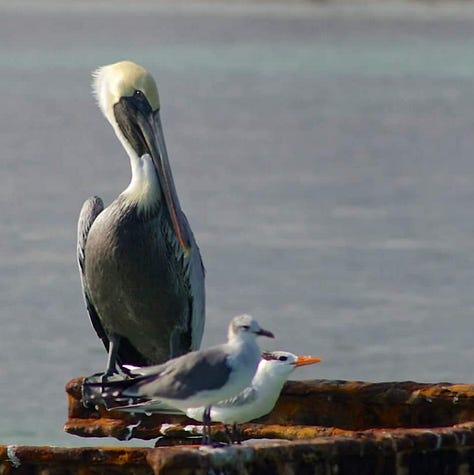
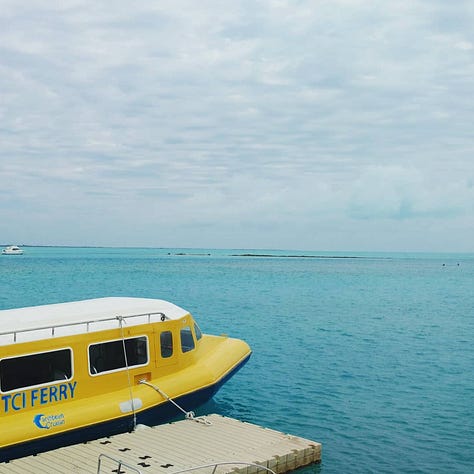
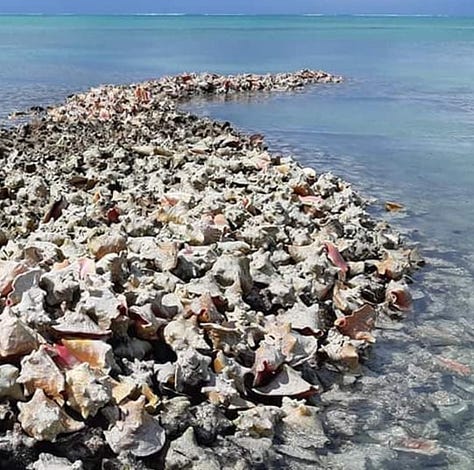
What to Do in Middle Caicos:
Conch Bar Caves: The largest cave system in the Caribbean, these caves are a fascinating labyrinth of stalactites, stalagmites, and bat colonies.
Mudjin Harbor to Dragon Cay: Take a walk along this rugged coastal trail for jaw-dropping views of the turquoise sea against jagged cliffs.
Beachcombing: Middle Caicos is dotted with isolated beaches, so you’re almost guaranteed to have a stretch of sand all to yourself.
East Caicos
It’s uninhabited, raw, and rarely visited. You’ll need to charter a boat, but if you’re craving that lost-world vibe, it doesn’t get better than this.
What to Do in East Caicos:
Hiking Trails: Explore old railway lines and ruins from the island’s sisal plantation days.
Wild Beaches: Spend a day swimming and sunbathing in utter solitude.
Wildlife Spotting: Keep your eyes peeled for flamingos and other native birds.
Essential Info: What You Need to Know
Language: English is the official language, making it an easy destination for many travelers to navigate.
Currency: The US dollar (USD) is the official currency.
Timezone: Turks & Caicos operates on Eastern Time (ET), so no drastic time-zone adjustments for many North American travelers.
How to Get There:
Providenciales International Airport (PLS) is your main gateway, with direct flights from major cities like Miami, New York, and Toronto. Once you land, it’s a short hop to your accommodation or a ferry ride away if you’re venturing to North or Middle Caicos.
A Taste of Turks & Caicos: Must-Try Traditional Foods
Turks & Caicos is a dream for seafood lovers and flavor seekers. Conch is the star here—served fresh in salad, fried into fritters, or stewed in rich, spicy broth. You'll also find grilled lobster, jerk chicken, and Caribbean comfort classics like rice and peas and plantains.
Don’t miss the Thursday Fish Fry in Providenciales for a lively mix of local eats, music, and culture—or seek out hidden gems like My Dee’s or Sea View Café for authentic, home-style meals.
Hungry for adventure? Head to Gibbs Cay and try conch salad pulled fresh from the sea.
A Quick Note on Camping
It might sound like the ultimate budget move in Turks & Caicos, but camping here is not as practical as it seems. With no official campgrounds, no public showers, and very limited toilet access, it's far from the plug-and-play experience you might find elsewhere.
That said, for the adventurous traveler with the right gear (and expectations), it can be an unforgettable way to explore the islands' wilder side—especially the uninhabited cays and remote corners of North and Middle Caicos.
Just be ready for intense sun, biting insects, and a total lack of facilities. You'll need to bring your own water, supplies, and ideally, a local contact who knows the terrain.
Read the full camping guide here before making this part of your plan.
Things To Do in Turks and Caicos
Once you’re off the resort track, here’s where the real fun begins… no wristbands or reservation apps required. Here are some ideas:
Beachcombing on Quiet Shores: The islands are dotted with gorgeous, quieter beaches perfect for exploring. Head to spots like Sapodilla Bay or Long Bay Beach on Providenciales, or visit Whitby Beach on North Caicos for a peaceful day of shell collecting, sunbathing, or simply soaking up the views.
Explore the Mud Flats: North and Middle Caicos have expansive tidal flats where you can wander through shallow waters teeming with tiny marine life. Look for conch shells, watch herons and egrets, and enjoy the serene, otherworldly atmosphere.
Visit Flamingo Pond Nature Reserve (North Caicos): If you’re a bird lover, Flamingo Pond is a must. During the right season, you can see large flocks of flamingos feeding and wading in the shallow waters. Bring your binoculars for an up-close view of these elegant birds.
Hike Crossing Place Trail (Middle Caicos): This historic trail is a free and fascinating way to explore Middle Caicos' rugged coastline. Once used by locals traveling between villages, the trail offers stunning views of the sea, limestone cliffs, and caves along the way.
Swim at Three Mary Cays (North Caicos): A hidden gem, this beach offers shallow, clear waters perfect for snorkeling or a refreshing swim. The beach is named after the trio of rocky cays just offshore and is a serene spot away from the crowds.
Stargazing in the Dark Skies: Turks & Caicos has some of the clearest night skies in the Caribbean, especially on the less-populated islands like North or Middle Caicos. Lay back on a beach or your villa porch and enjoy an evening of uninterrupted stargazing.
Visit Conch Bar Village: Take a stroll through this quaint village on Middle Caicos to see brightly painted homes, meet locals, and get a feel for everyday island life. Though it’s a small place, its charm is undeniable and worth a visit.
Explore Sapodilla Hill (Providenciales): A short hike takes you to Sapodilla Hill, where you’ll find centuries-old carvings made by shipwrecked sailors and travelers. It’s a fascinating slice of history with panoramic views of Chalk Sound.
Discover Hidden Caves: Middle Caicos is known for its caves, and while many are part of guided tours, some smaller ones are free to explore. Just bring a flashlight and sturdy shoes, and be mindful of your surroundings.
Mangrove Adventures: While organized tours cost money, you can paddle out (if you have your own kayak or SUP) or even wade through shallow mangrove channels to spot turtles, small sharks, and baby stingrays for free.
Take a 2.5-hour paddling adventure in a transparent kayak, giving you an incredible view of life beneath the waves. As you glide through Mangrove Cay, you’ll spot marine creatures like turtles, stingrays, and even small sharks, while learning about the cay’s unique wildlife, including rock iguanas and vibrant bird species.
The tour includes all necessary equipment, bottled water, and pickup from select hotels, with group sizes capped at nine to ensure a personalized experience.
Getting Around the Islands of Turks & Caicos
Driving
In Turks & Caicos, they drive on the left side of the road. Most vehicles are imported from the U.S., so the steering wheel is typically on the left side as well—a quirky combo that takes a little getting used to.
To get to North Caicos from Provo, take the ferry operated by TCI Ferry Services, which departs several times daily from the dock near Leeward Marina. The ride takes about 30 minutes and offers scenic views of the surrounding turquoise waters.
Once you arrive on North Caicos, you can rent a car near the ferry terminal to continue your journey—essential for exploring both North and Middle Caicos at your own pace.
Taxis
Taxis are available but notoriously expensive, with fares adding up quickly even for short trips. Rides are usually charged per person rather than per trip, so costs can multiply if you’re sharing a cab with others.
Renting a car is often the more budget-friendly and practical option, especially if you plan to explore the less touristy parts of the islands. Some Airbnb hosts include a vehicle or the option to rent one as part of your stay, so be sure to inquire about that when you’re considering accommodation options.
Rental Rates
Car rental prices vary based on the vehicle type and rental duration. Economy cars typically start at around $40 per day, while larger vehicles like SUVs and vans can range from $100 to $170 per day.
It's important to note that advertised rates may not include taxes and fees, so always confirm the total cost before booking. Some reputable rental companies include Grace Bay Car Rentals, Payless, and local providers like Side to Side Car Rentals.
Age Requirements
The minimum age to rent a car is usually 25, though some companies may rent to drivers as young as 21. A valid driver's license is required, and while an international driver's permit is technically needed for non-U.S. or non-Commonwealth license holders, local rental companies often accept valid licenses from any country without additional documentation.
Fuel Costs
Gasoline prices are higher than in many other regions, currently averaging over $6 per gallon. However, given the islands' compact size, driving distances are short, so fuel expenses remain manageable.
Final Thoughts
Turks & Caicos isn’t just for honeymooners or high-rollers… it’s for wanderers, too. For midlife nomads who’ve done the “relax by the pool” thing and are now craving something with a little more soul, it offers something rare: a chance to unplug without feeling disconnected. To explore without a checklist. To find both stillness and surprise in the same day.
If you're up for renting a car, hopping on a ferry, and letting the wind mess up your perfectly planned itinerary, Turks & Caicos might just surprise you in all the right ways.
You might also like:



